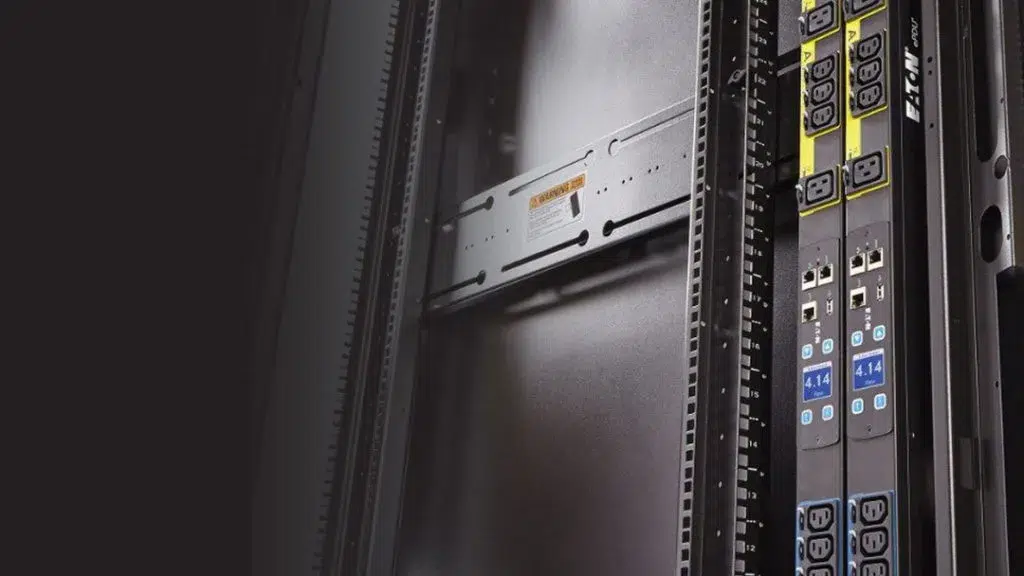What is Power Factor?
Power Factor (PF) is a measure of how effectively electrical power is being used in an electrical system. It is the ratio of real power (KW) to apparent power (KVA) and is a number between 0 and 1. The higher the power factor, the more efficiently the electrical power is being used.
Mathematically, it is represented as:
Power Factor (PF)=Real Power (KW)Apparent Power (KVA)\text{Power Factor (PF)} = \frac{\text{Real Power (KW)}}{\text{Apparent Power (KVA)}}
- Real Power (KW): This is the actual power consumed by the equipment (such as servers, lights, etc.) and is used to perform useful work.
- Apparent Power (KVA): This is the total power supplied to the system, including both the real power and the reactive power (power that oscillates back and forth but does no useful work).
Power Factor in KVA or KW Billing
Electricity utilities typically bill customers for the apparent power (in KVA) consumed by the system rather than the real power (in KW). However, the cost of energy consumption is most often based on the real power (KW), as this is the power doing useful work.
If a system has a low power factor, it means that a large portion of the apparent power is being used to create a magnetic field (reactive power), rather than to perform work. This leads to inefficiencies and higher energy costs.
How Power Factor Affects KVA/KW Billing
In a typical billing system, utilities may charge:
- KVA (apparent power): The total amount of power supplied.
- KW (real power): The actual power consumed.
In cases where the power factor is low, the apparent power (KVA) is much higher than the real power (KW). For example, a low power factor of 0.6 would mean that for every 1 KW of useful power, you are consuming about 1.67 KVA of apparent power.
Utilities often charge based on the KVA demand because they must provide additional capacity to support the reactive power demand, even though it’s not doing useful work. If the power factor is low, more capacity must be provided to meet the demand, and this results in higher charges.
Power Factor and Data Center Bills
In the context of data centers, the power factor can significantly affect operating costs:
- Reactive Power Demand: Data centers tend to have large amounts of equipment like servers, cooling systems, and UPS (Uninterruptible Power Supply) systems. These devices may cause a lot of reactive power demand and lower the power factor.
- Billing based on KVA: If the data center has a low power factor, the utility will charge for more apparent power (KVA), leading to higher energy costs. In some cases, this could be a significant portion of the overall electricity bill.
- Efficiency Penalties: Some utilities apply penalties if the power factor falls below a certain threshold (often around 0.9 or 0.95). This means if the data center has a low power factor, they could face additional surcharges, further increasing operational costs.
- Corrective Measures: To avoid these penalties and reduce costs, data centers often install power factor correction (PFC) equipment, such as capacitor banks or synchronous condensers, to improve the power factor and thus reduce the apparent power drawn from the grid.
Conclusion
In summary, Power Factor affects the amount of apparent power (KVA) a data center consumes, which impacts both its energy efficiency and the billing structure. A low power factor results in higher apparent power consumption, which leads to higher costs, especially if the utility charges for KVA. Improving the power factor (ideally to 1.0) through power factor correction can help reduce energy costs and prevent penalties, leading to more efficient operation and lower bills for the data center.


